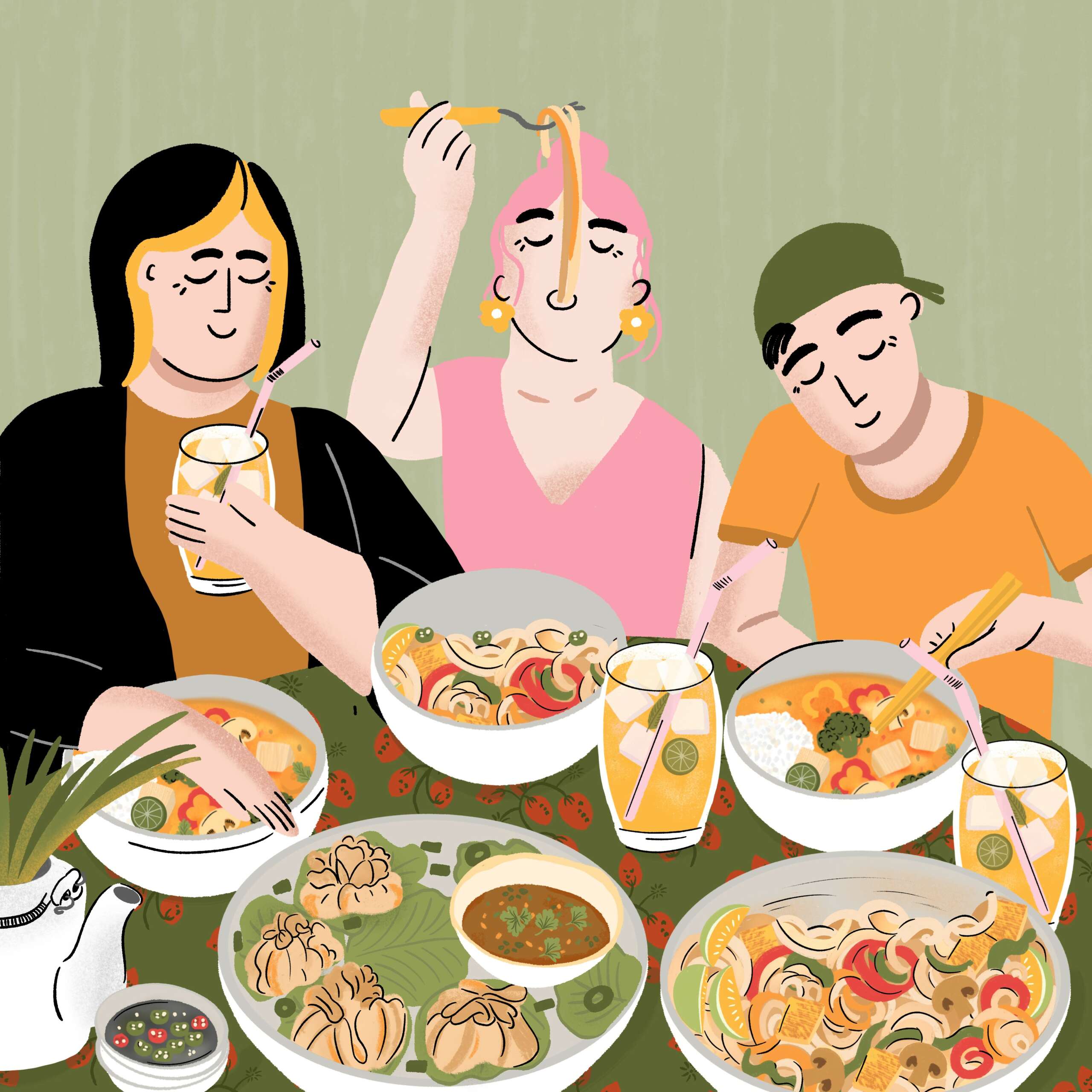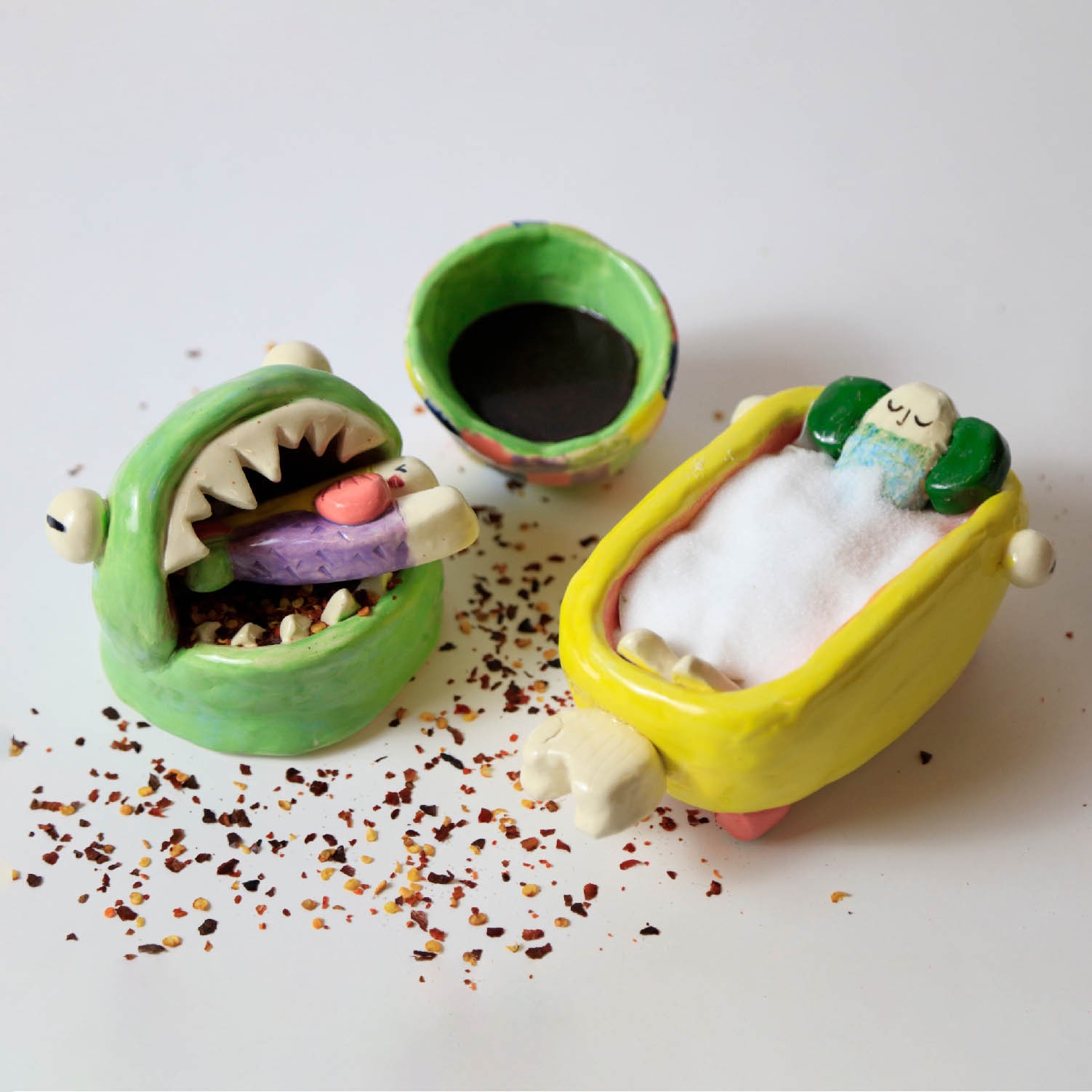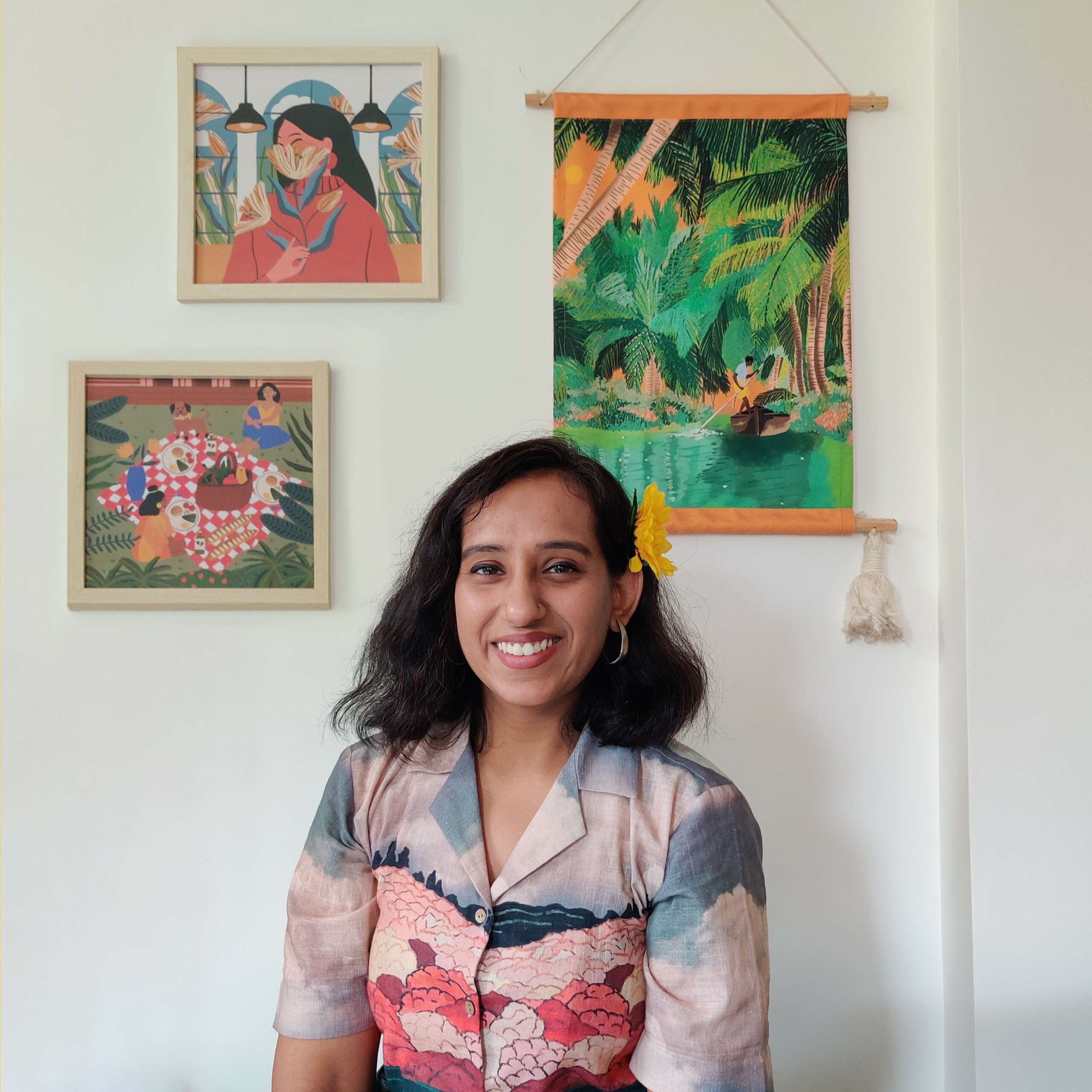We caught up with the brilliant and insightful Krittika Mittal a few weeks ago and have shared our conversation below.
Alright, Krittika thanks for taking the time to share your stories and insights with us today. How did you learn to do what you do? Knowing what you know now, what could you have done to speed up your learning process? What skills do you think were most essential? What obstacles stood in the way of learning more?
As a practicing artist, student and educator, I love the opportunity to share my experience with other artists.


As always, we appreciate you sharing your insights and we’ve got a few more questions for you, but before we get to all of that can you take a minute to introduce yourself and give our readers some of your back background and context?
I am Krittika, a graphic designer and illustrator from New Delhi, India. Design has been an integral part of my life. While pursuing a degree in architecture from one of the leading design schools in India, I was inspired to explore different creative fields. Along with my studies, I began learning graphic design from various online tutorials, and eventually started my career by working as a junior designer with a marketing agency. After two years of working, I decided to take a calculated risk and pivoted to being a freelancer and was able to organically build a career as a full-time graphic designer and illustrator. After working for five years, I decided to invest further in my craft, and am now pursuing a master’s in Illustration Practice from Maryland Institute College of Art (MICA).
I hope to make art more tangible and more approachable to people. Therefore, in my artworks, you would find an attempt to thread a theme of finding joy and comfort in everyday things and situations. I like to experiment with a diverse array of mediums such as wood, paper, and clay, each reflecting my unique perspective and ideas. I also love all things colorful and pattern-is and believe that my Indian roots have played a massive role in shaping my art.
Beyond my practice, I am deeply invested in nurturing talent and fostering community engagement. As an advocate for sharing knowledge, I regularly teach art and illustration classes on Skillshare, aiming to empower aspiring students and artists.


Learning and unlearning are both critical parts of growth – can you share a story of a time when you had to unlearn a lesson?
One of my manifestos for my master’s was to establish and maintain a consistent sketchbook practice. In the past, I have often struggled with imposter syndrome and a sense of shame about my sketchbook. Despite working in the design field for many years, my sketches looked average at the best, and mere scribbles when compared to a lot of professional illustrators.
But as the adage goes: practice makes perfect. The more I practiced, the more comfortable I grew with how my work looked. Conversely, the more comfortable I get, the more I let go of the pressure for perfection and allowed myself the freedom to explore and experiment, resulting in marked improvements in my sketches.
Moreover, this journey reminded me of a fundamental truth: the evolution of one’s artistic standards is a dynamic process. I’ve learned to extend grace to myself—a seasoned artist navigating uncharted territory. Mastery in one domain does not guarantee proficiency in another; rather, it instills the resilience to navigate the learning curve with patience and compassion.
My journey toward sketchbooks hasn’t unfolded as I imagined, but each sketch brings tangible progress and appreciation for my craft. Ultimately, this experience has reinforced the importance of embracing imperfection and celebrating the journey—acknowledging that growth often takes unexpected forms, yet remains profoundly rewarding nonetheless.


How did you build your audience on social media?
With a small yet devoted following on Instagram, I strongly believe in the “1000 true fans” theory — find an audience who is willing to invest in you, and you don’t need millions of followers. Here are the values that have guided my work on social media.
Authenticity: It is okay to be vulnerable, and embrace both your wins and losses with honesty. There is nothing like authenticity.
Pay It Forward: Sharing experiences and expertise can help you find your community. When I was starting, I would often reach out to senior artists and ask for their advice on what prices I should be quoting for freelance work. Their knowledge helped me immensely, and now, I often spend time sharing my expertise on social media.
Community First: Recognizing social media as a communal space, I prioritize engagement and interaction with fellow artists. Follow artists you love, and spend time commenting and interacting with other artists’ work. It comes back multi-fold.
Flexibility with Consistency: While consistency is key, I strongly advocate for flexibility. Balancing dedication with self-care is essential for sustainable creative practice.
Embracing Flux: Fluctuations in follower count are inevitable and, at times, even beneficial. Not all your followers will always align with your work or your values throughout your creative journey. It is a part of the process, and it is a true disservice to yourself if you restrict your craft because of algorithms.
At the end of the day, social media platforms are a great way to showcase your work and build an audience. It requires time and effort, and like everything, is difficult at the beginning, but gets easier with time. My own experience bears testament to this, as evidenced by the success of my print shop: I was able to build a self-sustaining and profitable business in under 2 years, which helped me save up for my master’s. Moreover, about 50% of the work I got was from my instagram, which helped me sustain my freelance career.

Contact Info:
- Website: https://www.artkrittique.work
- Instagram: https://www.instagram.com/artkrittique/
- Linkedin: https://www.linkedin.com/in/krittika-mittal-a69064b4/
- Other: https://www.skillshare.com/en/r/user/krittikamittal?gr_tch_ref=on
Image Credits
-Krittika Mittal


